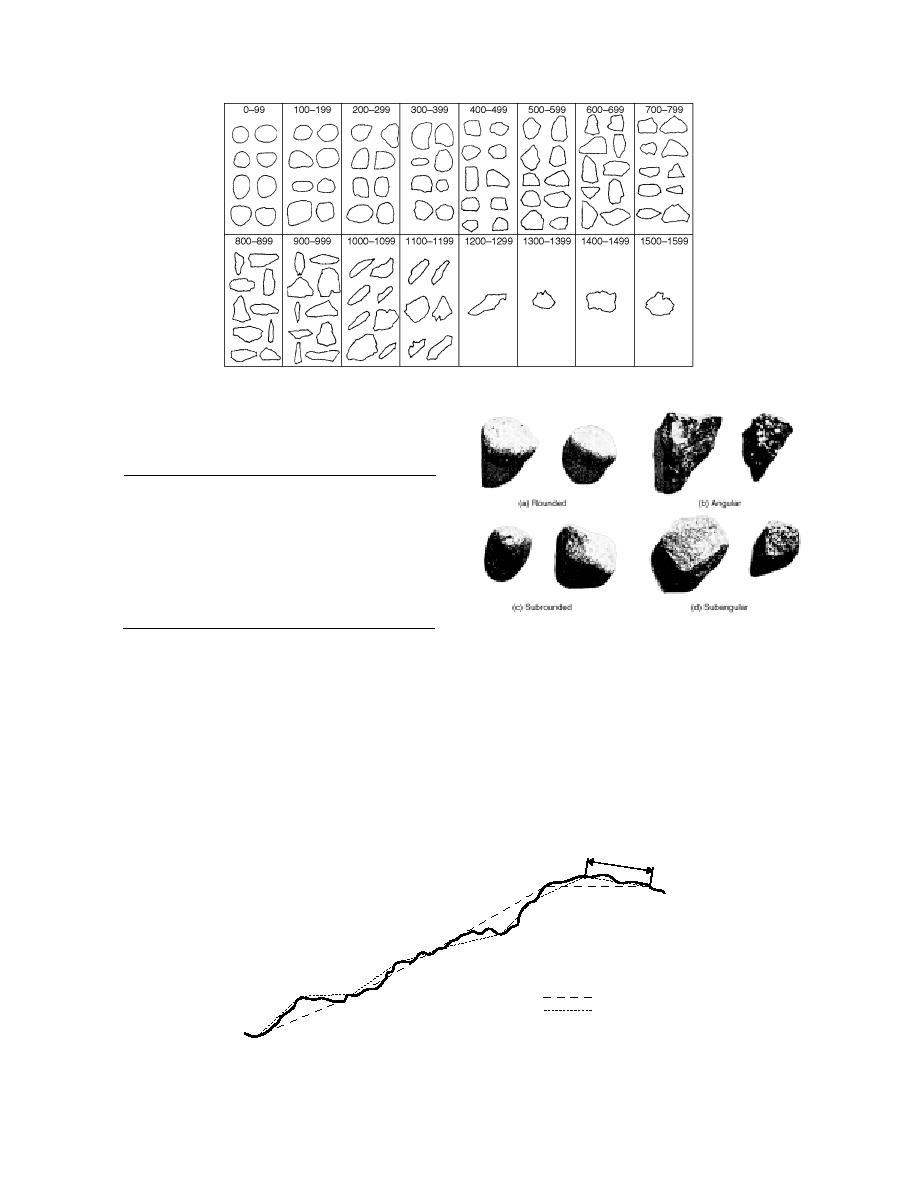
Figure 4. Degree of angularity chart. (After Lees 1964.)
Table 3. Criteria for describing angularity of
coarse-grained particles (ASTM D 2488-90).
Description
Criteria
Angular
Particles have sharp edges and relatively
plane sides with unpolished surfaces.
Subangular
Particles are similar to angular description
but have rounded edges.
Subrounded
Particles have nearly plane sides but have
well-rounded corners and edges.
Rounded
Particles have smoothly curved sides and
no edges.
Figure 5. Visual identification of aggregate angularity.
(After ASTM D 2488-90.)
subrounded, or rounded. The qualitative criteria,
presented in Table 3, are used for describing the
scale to determine the surface texture (roughness)
angularity. A visual chart for determining the
of aggregates. The surface roughness (SR) was
angularity of the aggregate, similar to that found
based on visual inspection and indexed to a scale
in ASTM D 2488-90, is presented in Figure 5.
ranging from 0 (for glassy particles) to 1000 (for
very rough particles).
Description of surface texture
Another method found in the literature was to
The surface characteristics or texture of an
coat a flat, sawed aggregate surface with asphalt
aggregate are considered to have an effect on the
(Bikerman 1964), which is then scraped to the sur-
engineering response of the material. Terzaghi
and Peck (1967) defined texture as the degree of
fineness and uniformity. They suggested qualita-
4.9 cm
tive expressions such as smooth, sharp, gritty,
etc., to describe the texture.
Barksdale and Itani (1994) used a roughness
8 cm chords
4 cm chords
Figure 6. Measurement method for characterizing the surface texture of
an aggregate. (After Wright 1955.)
4



 Previous Page
Previous Page
